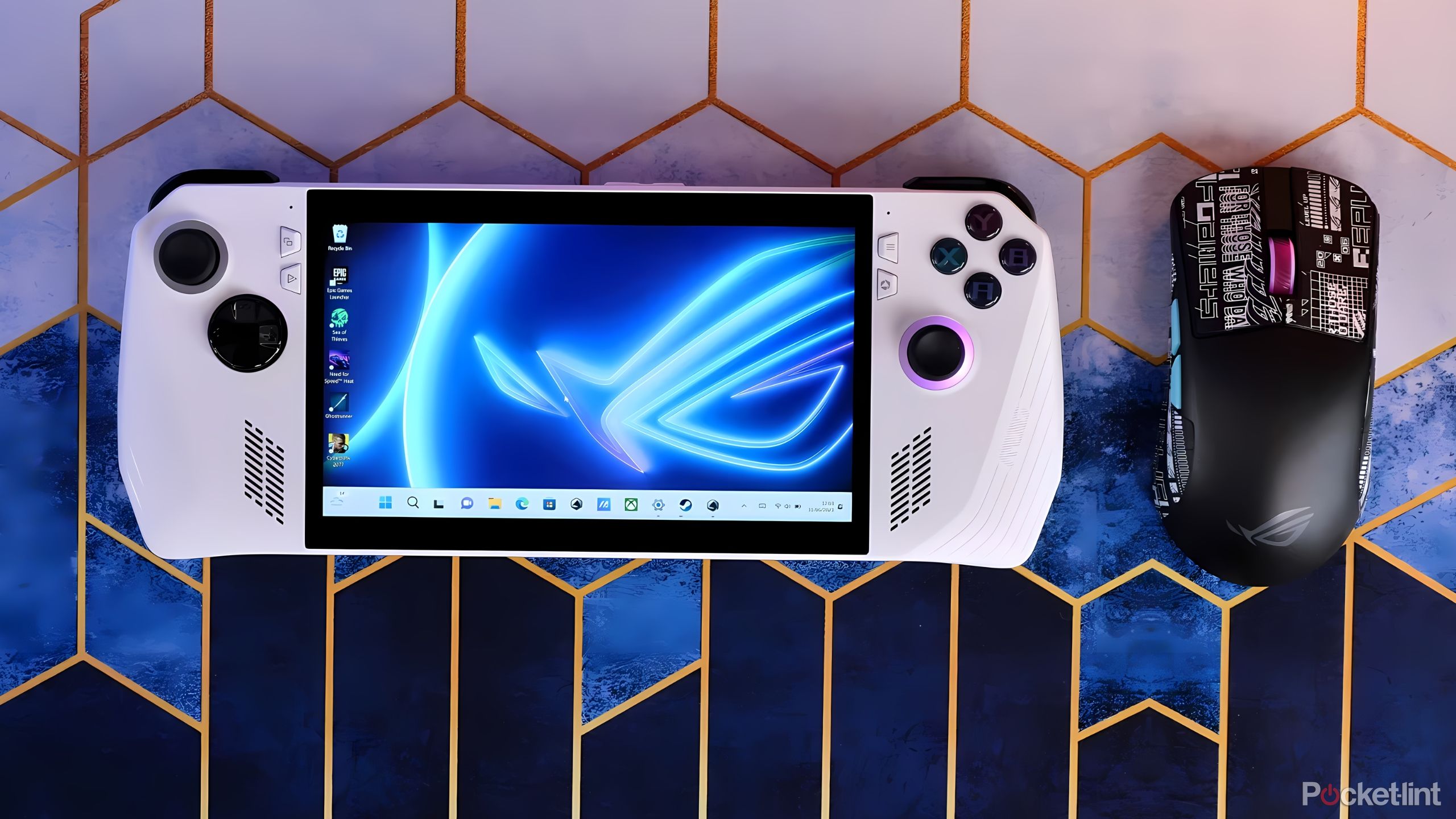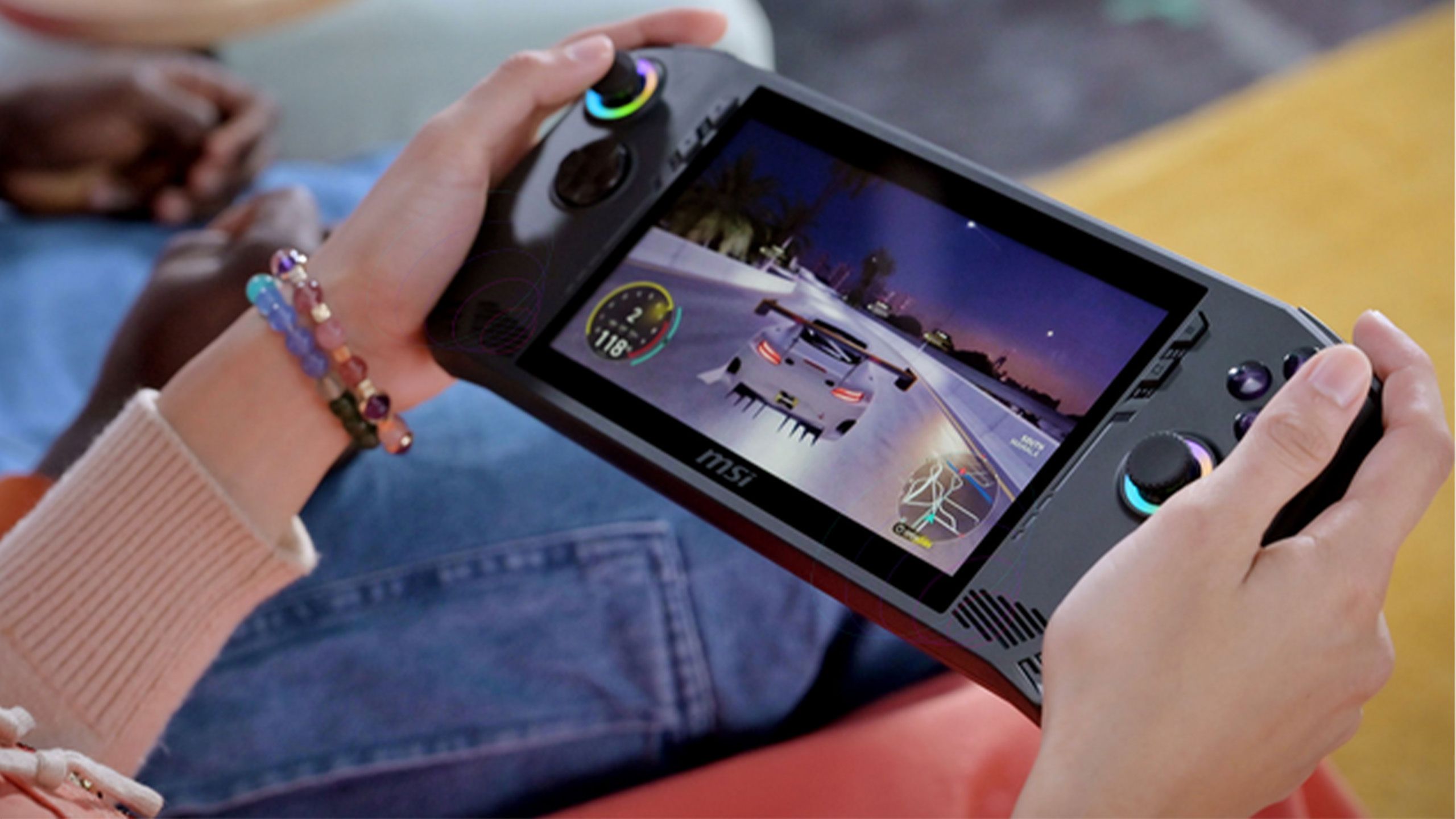Key Takeaways
- Annual updates could give handheld PCs a better shot at running the latest games.
- At the same time, there may not be enough of a market, and they could splinter developer support.
- Chipmakers might not be up to the challenge, either.
Even Valve may be a little taken aback by the popularity of the Steam Deck. It’s now practically synonymous with handheld gaming PCs, though that hasn’t stopped rivals from entering the fray, such as the ASUS ROG Ally and MSI Claw. Because of a burgeoning industry, Microsoft is working on a native handheld interface for Windows/Xbox that should simplify the experience.
One concern, though, has been relatively static specs. While ASUS and Valve have already shipped half-step updates, the company has kept the same underlying processors, and it seems few handheld makers are committed to annual performance boosts. That’s the norm with dedicated game consoles — but not so with desktop and laptop PCs, which tend to benefit from the latest CPU and GPU advancements.
Should handheld gaming PCs be updated every year? It’s not the worst idea, but I’m leaning towards no.
Related
Steam Deck OLED: What’s new and should you upgrade?
Should you think about buying Valve’s new Steam Deck with its new processor and display?
 The case for annual updates
The case for annual updates
Before we get to the counterargument, there’s an obvious reason for wanting a rapid turnaround: the games we play. Developers like to exploit new graphics technology whenever possible, seizing the competitive edge. The result is that we get games with increasingly demanding textures, polygon counts, and lighting effects. A desktop PC that was speedy three or four years ago may already be too slow to run the latest 3D games at maximum detail.
That strain is even more evident on the Steam Deck. The handheld, which launched in 2022, can struggle with titles like Elden Ring and Cyberpunk 2077 — the latter dating back to 2020. Indeed the Deck is usually best with 2D games like platformers, or 3D indies that intentionally keep detail low.
Devices like the ROG Ally X may be faster, but they’re still no match for a desktop PC equipped with one of AMD or Nvidia’s latest GPUs. Without annual updates, that performance gap is only going to widen, and there are plenty of games that are off-limits for handhelds already — there’s no way you’re going to play Half-Life: Alyx or Microsoft Flight Simulator on a Steam Deck, no matter if you have the necessary peripherals.
 The case against annual updates
The case against annual updates
There are a few problems with chasing annual updates, one of them being developer support, somewhat ironically. Handheld PCs are such a new category that (relatively) few games are even optimized for them, although they don’t always have to be for them to work. By optimization, I mean performance tweaks and supporting gamepad-only controls.
When games are optimized, it’s often post-launch and specifically for the Steam Deck. If we want handheld PCs to boom and compete with consoles like the Nintendo Switch, gamers should be able to count on a large compatible game library — a tough ask for developers if the goalposts are shifting every year. However outdated the Switch may be, it at least offers a known quantity that lets studios focus on gameplay, rather than getting something to be playable at all.
There may not be enough of a market to support annual updates.
The greatest concern is probably appealing to consumers, since there may not be enough of a market to support annual updates. Handhelds are a lot cheaper than most desktop and laptop gaming PCs, yet that also puts them in the crosshairs of the average consumer, who — unlike hardcore gamers — may resist the pressure to spend $500 or more every couple of years to stay current. The prospect of frequent, expensive upgrades could turn some people off of handheld PCs entirely. Why not get a Switch 2 instead, something likely to last many years for less money? Or stick to phone gaming?
All of this assumes chipmakers can keep up with an annual schedule. Handheld PCs are dependent on compact system-on-chip (SoC) processors by AMD and Intel, and it remains to be seen how willing and able those companies are to deliver designs like clockwork. Handheld makers may have even stricter timetables than other PC vendors, since they need to know the exact dimensions and power draw of any SoC. There isn’t enough space or battery capacity to swap chips at will.
 What are the chances of handhelds going annual?
What are the chances of handhelds going annual?
If it happens, it’ll be in the long term. While MSI is already planning products as far out as the Claw 4, Valve has said that a true Steam Deck 2 won’t ship until at least 2025, if not later. A ROG Ally 2 could take just as long. We haven’t even mentioned Lenovo, which has only confirmed that a second-generation Legion Go is coming eventually.
I don’t think we’ll see handhelds shift to an annual cycle unless they become so popular and useful that they start to disrupt sales of other devices, like consoles and laptops. At that point, it might make sense from a business perspective — someone wanting a handheld as a do-it-all device may need cutting-edge specs, not just lust after them. We’ll have to wait and see if the industry evolves that way, or if the appeal will forever be limited to diehard gamers.

Related
The best games of 2024 … so far
2024 is far from over but we’ve already had some banger releases. These are the best I’ve played so far.
Trending Products

Cooler Master MasterBox Q300L Micro-ATX Tower with Magnetic Design Dust Filter, Transparent Acrylic Side Panel…

ASUS TUF Gaming GT301 ZAKU II Edition ATX mid-Tower Compact case with Tempered Glass Side Panel, Honeycomb Front Panel…

ASUS TUF Gaming GT501 Mid-Tower Computer Case for up to EATX Motherboards with USB 3.0 Front Panel Cases GT501/GRY/WITH…

be quiet! Pure Base 500DX Black, Mid Tower ATX case, ARGB, 3 pre-installed Pure Wings 2, BGW37, tempered glass window

ASUS ROG Strix Helios GX601 White Edition RGB Mid-Tower Computer Case for ATX/EATX Motherboards with tempered glass…










